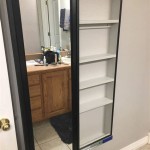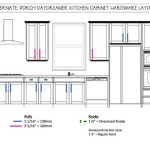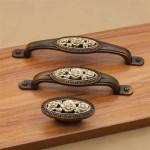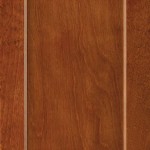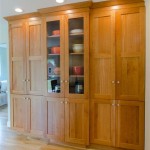How to Construct a Bathroom Sink Cabinet: A Step-by-Step Guide for a Customized and Functional Addition
A bathroom sink cabinet is a crucial component that combines both functionality and aesthetics. If you are embarking on a bathroom renovation or simply seeking to enhance your existing space, building your own sink cabinet offers numerous advantages. Here's a comprehensive guide to assist you in crafting a customized and functional bathroom sink cabinet that complements your bathroom seamlessly.
Materials and Tools Required:
- Plywood or MDF
- 1x4 or 1x6 pine boards
- Wood glue
- Wood screws
- Circular saw or miter saw
- Drill
- Countersink bit
- Sandpaper
- Paint or stain and polyurethane
- Cabinet hardware (knobs or handles)
Step 1: Design and Planning
Determine the desired size and layout of your sink cabinet. Measure the space available for installation. Plan the placement of drawers, shelves, and doors, ensuring they align with your storage needs and bathroom layout. Sketch a detailed design plan to visualize your final product.
Step 2: Building the Base Cabinet
Cut the plywood or MDF to form the bottom and sides of the cabinet. Assemble the base using wood glue and screws, ensuring it is square and level. Attach the 1x4 or 1x6 pine boards as legs to support the base.
Step 3: Adding Shelves and Drawers
Cut and assemble shelves or drawers to fit within the base cabinet. Utilize wood glue and screws for reinforcement. Install drawer slides as per the manufacturer's instructions. Ensure drawers operate smoothly.
Step 4: Building the Doors
Determine the style and size of the doors. Construct frames using 1x4 pine boards, mitering the corners for a clean finish. Cut plywood or MDF panels to fill the frames, securing them with wood glue and screws. Hang the doors using hinges.
Step 5: Finishing Touches
Sand the entire cabinet to remove any rough edges or splinters. Apply a coat of primer and allow it to dry. Paint or stain the cabinet to match your desired aesthetic. Finish the surface with polyurethane to protect it from moisture and wear.
Step 6: Hardware Installation
Install cabinet hardware, such as knobs or handles. Choose hardware that complements the overall design and functionality of your bathroom. Ensure secure attachment.
Step 7: Installation and Final Adjustments
Position the finished cabinet in its designated location. Use a level to ensure it is plumb and level. Make any necessary adjustments to doors or drawers for optimal operation. Secure the cabinet to the wall or floor for stability.
Conclusion:
By following these steps, you can construct a durable and customized bathroom sink cabinet that meets your specific storage and aesthetic requirements. Building your own sink cabinet allows for flexibility in design, material selection, and cost savings. Take pride in your creation and enjoy the added functionality and style it brings to your bathroom.
:max_bytes(150000):strip_icc()/build-something-diy-vanity-594402125f9b58d58ae21158.jpg?strip=all)
16 Diy Bathroom Vanity Plans You Can Build Today

Diy Bathroom Vanity 12 Rehabs Bob Vila

10 Diy Bathroom Vanity Ideas The Family Handyman

How To Build A Diy Bathroom Vanity Angela Marie Made

Diy Butcher Block Vanity Beneath My Heart

Diy Vanity For Wall Mount Sink Jaime Costiglio

Rustic Bathroom Vanity Kreg Tool

Diy Bathroom Vanity For 65 Angela Marie Made

Diy Floating Bathroom Vanity Remodelando La Casa

How To Turn A Cabinet Into Bathroom Vanity Diy
Related Posts

